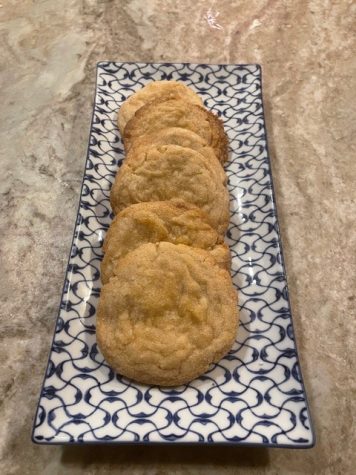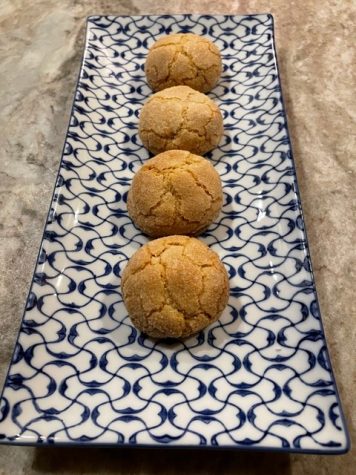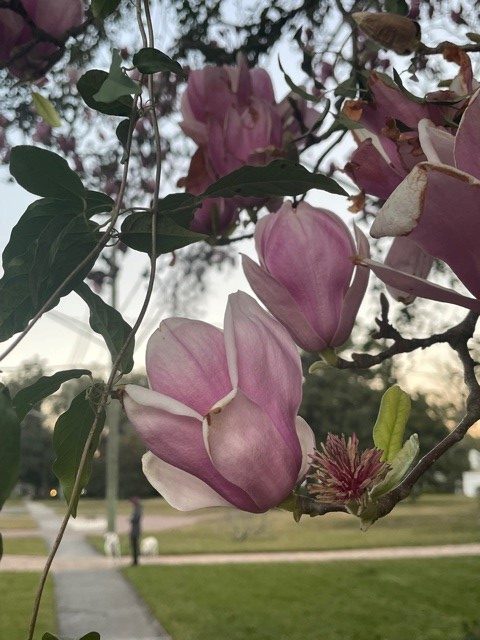Foraging for history with Alexis Nikole Nelson
Magnolia tree in full bloom
Consider the Magnolia blossom. It is a quintessential symbol of the American South due to it’s indigeneity to the region, as well as its beauty and fragrant blooms. Now consider eating one. That’s what TikToker, author, and educator Alexis Nikole Nelson wants everyone to hold in their mind.
Her internet presence first came to my attention on my TikTok For You page, so when on a cross country road trip this past summer I saw that she had an episode on one of my favorite podcasts, Ologies with Alie Ward, I was pleasantly surprised.
Dubbed, “Teacher of the ‘Can I Eat This? It Grew in my Driveway’ Arts and Sciences” by Ward, Nelson has maintained an Instagram page called @blackforager since 2019, where she has posted all vegan recipes featuring ingredients she forages from hikes in the woods, along the beach, or even in her own neighborhood in Columbus, Ohio.
Nelson says her love of foraging began when she was young, “I’ve honestly felt that way ever since I was really little. I guess I just didn’t have the tools to tell anybody outside of my parents, family members, friends, anyone who I could get to listen to me in person.”
In her episode, Nelson discusses how foraging was unofficially-officially forbidden from Black people in the Jim Crowe South, and also the basis of anti-loitering laws in some places still in place today. “In the South, immediately after the Civil War, a lot of laws were put in place to purposefully curb recently freed Black folks from being able to forage and trap to provide for themselves, essentially holding them in economic bondage to the plantations.”
She attributes her love of foraging to reconnecting with her Black and Indigenous heritage, describing it as “an act of restorative justice.” “So for me to be a Black woman foraging, yeah, it feels like justice to me. It’s an act that I feel like we should begin reclaiming.”
She also talks about how the fact that more Black and Indigenous voices aren’t “front and center” in discussions about foraging makes it difficult for many to reconnect with their heritages in the same way Nelson has been able to. “My Instagram handle is @blackforager, and that was 100% on purpose, because one, I didn’t see a lot of people who looked like me in this space, and I still don’t see a lot of people who look like me in the space.”
For any readers interested in trying foraging, the QR code below has links to websites with information on foraging in Northeast Florida, but as Nelson says in many of her videos “Happy snacking! Don’t die!”
Magnolia Cookie Recipe
I tried one of her recipes, magnolia snap cookies, a play off of ginger snap cookies made with magnolia flowers as the flavoring because in addition to its fragrance, they also have a ginger-y flavor. The process was honestly fairly simple, with the most labor intensive part being the gathering and processing of the magnolia blossoms, but that all things told was also not too difficult either.

Now, there are two main types of magnolia flowers in florida. The one you’re looking for is the Chinese Magnolia, which is not actually Chinese, but rather a hybrid of two other types created originally in France. You’ll recognize it by it’s pink and white hue and it’s relatively more shrub like trees compared to the other main type, the Southern Magnolia.
You should pick about a half of a standard plastic grocery bag, ideally from different trees so as to not impact the health of any individual too much. Then, remove and discard the central part, reserving only the petal for the majority, but reserve and freeze a few unbloomed, but still colorful buds to grate into the cookies.
To make the syrup, combine the flower petals, water, and sugar at a ratio of 4:1:1.5, then cool the syrup to room temperature. Meanwhile, mix together 1 cup of butter and ¾ cup of brown sugar until it’s pale brown, then add ¾ cup of the magnolia syrup. When that is fairly homogeneous, start gradually adding 3 ½ cups of flour, along with vanilla extract, cinnamon, and grated frozen magnolia flower until your soul tells you it feels right.
Once the dough is crumbly but still holds moisture, form them into little spheres, then flatten them out to about ¼ of an inch thick, then coat them in sugar and bake at 350 for 25-30 minutes.

All things told, they came out a bit crunchier and thicker than I would have liked, but that’s most likely because I didn’t flatten the first tray enough. I would recommend eating them with a cup of coffee or tea, or really any other beverage you dip cookies in.




